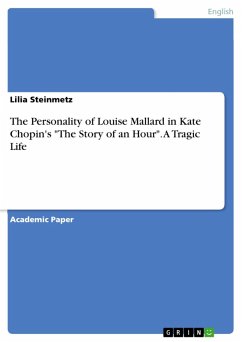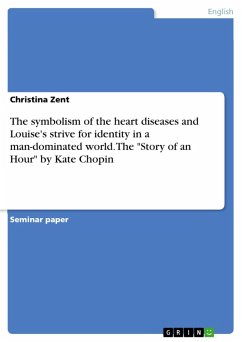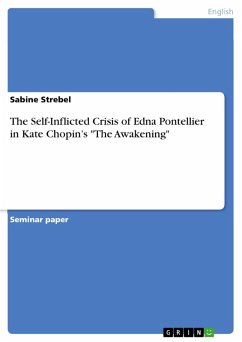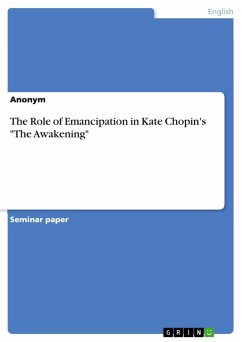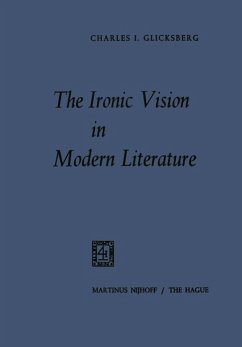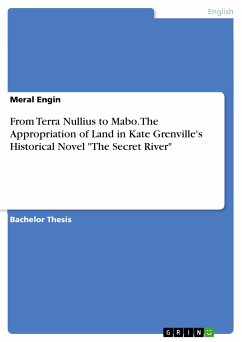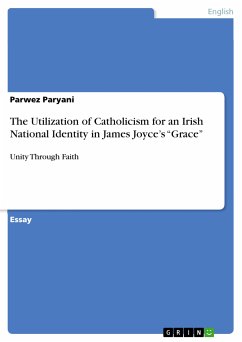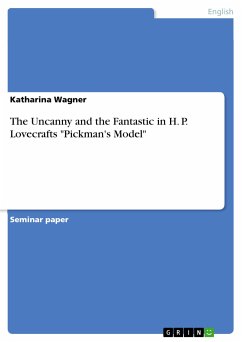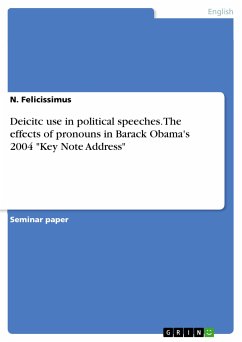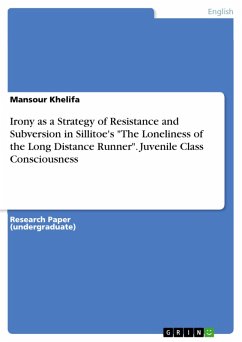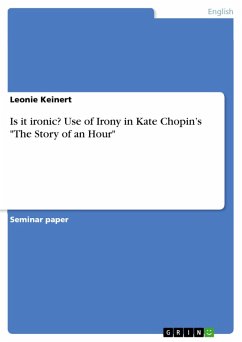
Is it ironic? Use of Irony in Kate Chopin's "The Story of an Hour" (eBook, PDF)

PAYBACK Punkte
0 °P sammeln!
Seminar paper from the year 2020 in the subject English Language and Literature Studies - Literature, grade: 1,3, University of Tubingen, language: English, abstract: "It's ironic", is a statement certainly often proclaimed after reader Kate Chopin's short story The Story of an Hour, but often it is not further dissected. After all, it is commonly expected one should know what irony is and how it works. But that might not always be the case. Surely, one needs a deeper understanding of the concept of irony to properly comment on it as a formal element. Interpreting ironies can be very enlighten...
Seminar paper from the year 2020 in the subject English Language and Literature Studies - Literature, grade: 1,3, University of Tubingen, language: English, abstract: "It's ironic", is a statement certainly often proclaimed after reader Kate Chopin's short story The Story of an Hour, but often it is not further dissected. After all, it is commonly expected one should know what irony is and how it works. But that might not always be the case. Surely, one needs a deeper understanding of the concept of irony to properly comment on it as a formal element. Interpreting ironies can be very enlightening as it deepens the understanding and meaning of texts as well. In this paper first I am going to outline research done on irony, to define its specific criteria, different types of irony and how irony is detected and interpreted. Then, employing the knowledge about irony and its criteria, specifically focusing on Wayne C. Booth's four steps of reconstruction, I am going to analyse the use of ironies in Kate Chopin's The Story of an Hour. Finally, I am going to analyse how the ironies in the short story can be interpreted. All while arguing that the use of ironies in Kate Chopin's The Story of an Hour help illustrate the reality of a 19th-century woman feeling trapped in her marriage.
Dieser Download kann aus rechtlichen Gründen nur mit Rechnungsadresse in A, B, BG, CY, CZ, D, DK, EW, E, FIN, F, GR, HR, H, IRL, I, LT, L, LR, M, NL, PL, P, R, S, SLO, SK ausgeliefert werden.




